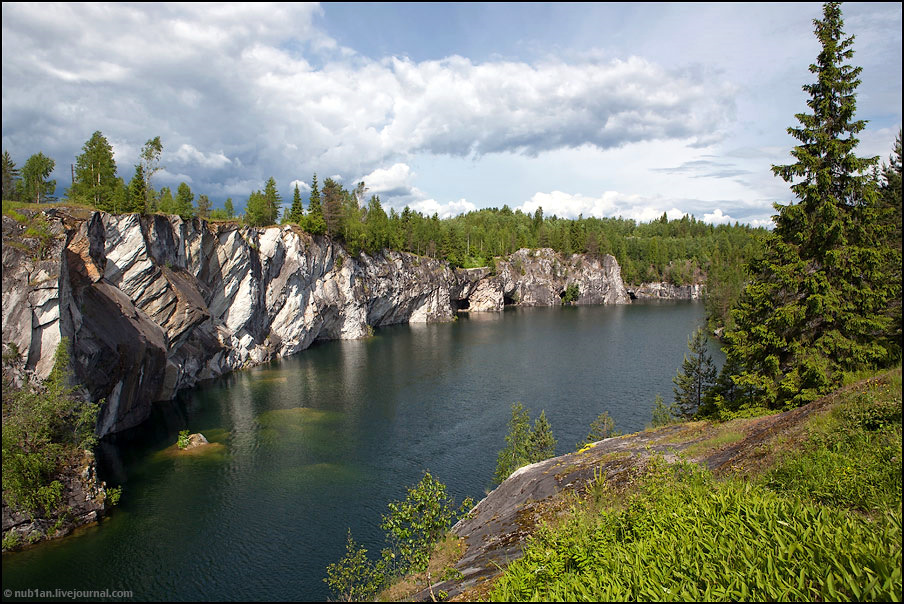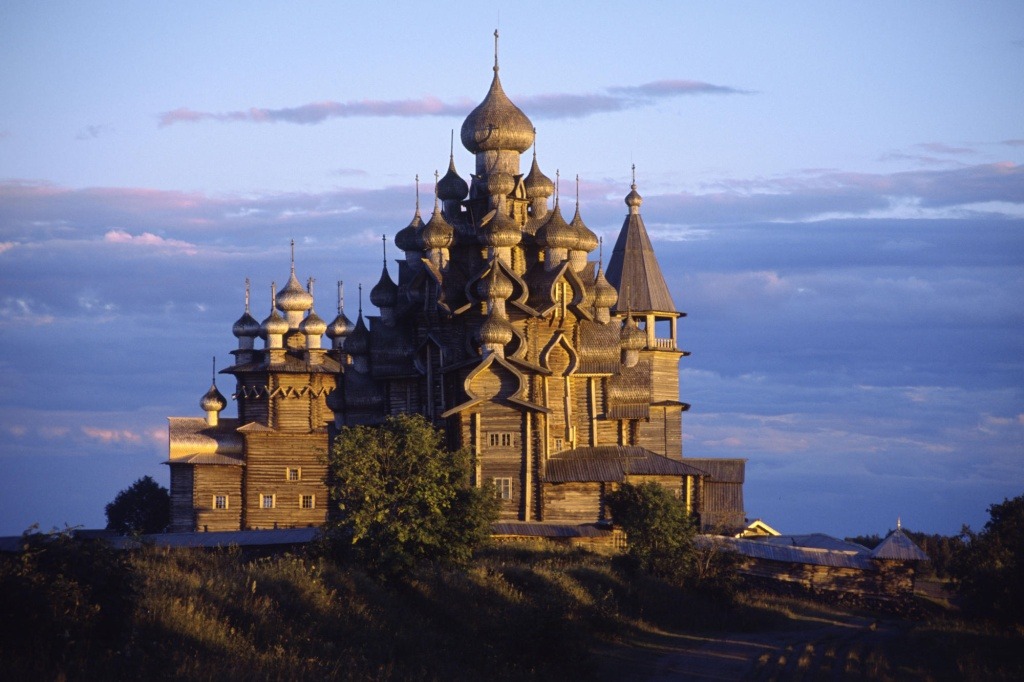Mount Roraima:
Venezuela, Brazil and Guyana
 Mount Roraima is a pretty remarkable place. It is a tabletop mountain with sheer 400-metre high cliffs on all sides. There is only one ‘easy’ way up, on a natural staircase-like ramp on the Venezuelan side – to get up any other way takes and experienced rock climber. On the top of the mountain it rains almost every day, washing away most of the nutrients for plants to grow and creating a unique landscape on the bare sandstone surface. This also creates some of the highest waterfalls in the world over the sides (Angel falls is located on a similar tabletop mountain some 130 miles away).
Mount Roraima is a pretty remarkable place. It is a tabletop mountain with sheer 400-metre high cliffs on all sides. There is only one ‘easy’ way up, on a natural staircase-like ramp on the Venezuelan side – to get up any other way takes and experienced rock climber. On the top of the mountain it rains almost every day, washing away most of the nutrients for plants to grow and creating a unique landscape on the bare sandstone surface. This also creates some of the highest waterfalls in the world over the sides (Angel falls is located on a similar tabletop mountain some 130 miles away).Though there are only a few marshes on the mountain where vegetation can grow properly, these contain many species unique to the mountain, including a species of carnivorous pitcher plant.Roraima is the highest tepuy (spanish for table mountain) on the triple border of Venezuela,
Brazil and Guyana. It is around 2,800 metres tall. Its name is derived from 'Roroi-ma,' which in Pemon means 'big blue-green.' The only way visitors can climb to the top is from the Gran Sabana side, in Venezuela.
History
The first recorded person to climb this tepuy was Sir Everard im Thurn in 1884.
This mountain also inspired Sir Arthur Conan Doyle for his classic novel The Lost World in 1912. He envisioned cavemen and prehistoric animals running amok atop the summit. Although far-fetched, the idea is a valid one: the tepuys are regarded as 'islands in time' by scientists since species have developed in complete isolation on top of them over millennia.

The tepuy's steep sides, surrounding rainforest, and altitude at summit create a unique climatic environment that is most notable for its changeability. Moist air rising off the surrounding rainforest in the tropical heat creates heavy rain clouds that billow up and across the summit of Roraima causing frequent showers and downpours. Due to the altitude, nights on the summit are cool. You may find yopurself having to ascend or descend the path up the cliff in heavy rain in which case there will be torrents of water rushing down the track and waterfalls in the upper areas that will hit you like a fire hose. You may also need to wait at river crossings until the river level goes down.



